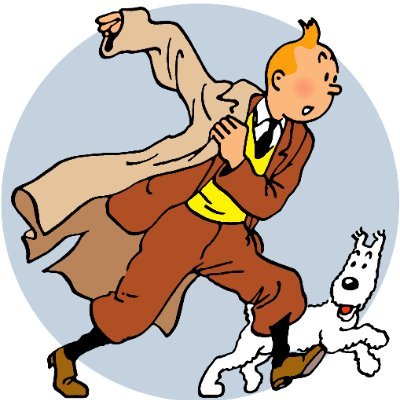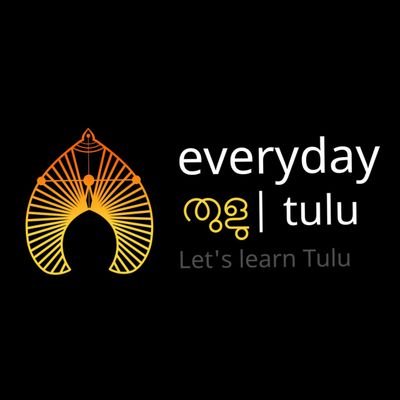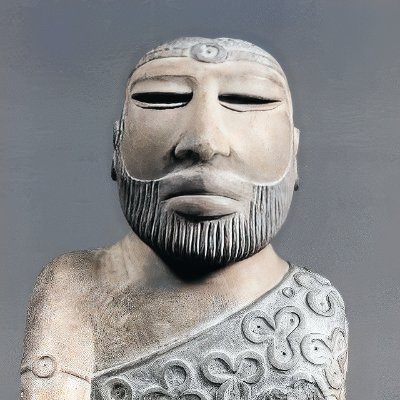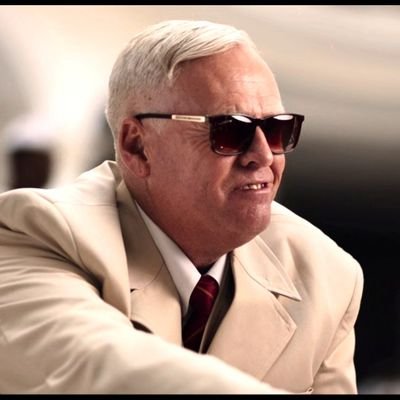
Payoj Prabhu Bangāḍikumēr🇮🇳
@PFKodial
Followers
664
Following
3K
Media
558
Statuses
2K
24|Linguistics|History|Epigraphy. Love learning endangered scripts ꙮ. भारतीय • 𐨧𐨌𐨪𐨟𐨁𐨌𐨩 • 𑀪𑀸𑀭𑀢𑀻𑀬 •🇮🇳 koṅkaṇa bhāsī Tauḷava vāsī.🏝𑁍
India
Joined January 2018
That’s an edited version taught in schools. The original poem doesn’t name any specific country, but describes a land with 56 countries (merevadaivattārudēśadi), likely referring to Bhārata ( Indian subcontinent).
26
78
389
This has been a symbol of #Tauḷava Country at least since 1000 BCE. This flag is highly honored in all cultural & religious activities of the Tauḷava kṣetra. There is no evidence of any other kingdom or country using these symbols in their emblems or seals prior to 300 CE.
@IamKishorBhat first flag looks foreign / communist ... red colour ... and crescent (Islamic) ... why so?
3
5
31
The first character looks like '𑀚𑀺-Ji', it's '𑀚𑀺 𑀦 𑀓 -Ji na ka', not '𑀚 𑀦 𑀓 -Ja na ka'.
The word "Janaka (जनक)" has been found attested at the PGW level in the Bahaj excavation. It was a terracotta sealing & the marks are clearly proto-Brahmi. Found at a depth of 398 cms, it's stratigraphy has not been established. The lowest date (700 BCE) can be safely assumed.
0
1
8
Ullāḷdi Abbakka Chowṭa was the courageous 16th-century Queen of Ullāḷa, a kingdom in Tuḷuva country on India's west coast. Known as "The Fearless Queen" (Abhaya Rāṇī), she fiercely resisted the Portuguese for decades. #Abbakka #Ullal #Mangalore #pfkodial
0
8
79
The Lord of the Deccan -Dakṣiṇāpatheśvara Pulakeshin II (EREYA) Most famous and powerful ruler of the Badami #Chalukya dynasty, overlord of Mahārāṣṭra trayāṇa (Three great nations- #Konkan, #Rashtrika, and #Karnata). #pfkodial
0
0
3
Beaches🏖️🏄
0
0
13
Alongside Sanskrit, other languages have also enriched India's linguistic heritage. #IndianLanguages
7
10
53
"ॐ-Om" symbol actually originates from the Central-Eastern variant of the #Guptā script (Early Nāgarī), not from Tuḷu or Kannaḍa scripts.
ಹೆಸರಾಂತ ಸಂಸ್ಕೃತ ಪಂಡಿತ ವಿಧ್ವಾನ್ ಬನ್ನಂಜೆ ಗೋವಿಂದಾಚಾರ್ಯ ಅವರುಗಳು ಓಂ ಅಕ್ಷರಕ್ಕೆ ತುಳು ಲಿಪಿ ಮೂಲ ಎಂದು ಗುರುತಿಸಿದ್ದಾರೆ
0
2
27
They are not random characters, I wrote it following @yajnadevam's decipher of Indus characters. It reads R→L -1- r ā ja r ṣ i -2-m o ṣa s ya dh u ra (#sanskrit)→ moha cho duro(#Vrācaḍa)→ Mohem jo daro(#Sindhi) -3- Sa p ta S i n dh u #IndusScript #IndusValleyCivilization
@PFKodial What does the inscription say? Does it mean something or is it just random letters?
1
0
14
People in comments are saying it's Kadamba script, but look at it, it's clearly a mixture of different scripts, mainly Vatteluttu & W. Grantha characters. It's not a real script, looks like they created this just to make it look like a precursor of West Coastal writing systems.
I noticed a mistake in #KantaraChapter1. Kanakavati uses a mix of Pallava & Vatteluttu scripts in the permission letter, which fits with the time period & region (4th cent. CE). But when she teaches Berme to write his name, she uses 14-15th century Tulu script, which doesn't fit.
1
2
18
1
2
18
I noticed a mistake in #KantaraChapter1. Kanakavati uses a mix of Pallava & Vatteluttu scripts in the permission letter, which fits with the time period & region (4th cent. CE). But when she teaches Berme to write his name, she uses 14-15th century Tulu script, which doesn't fit.
7
2
40
Why name it 'Uttara Karunāḍu'? Northern #Karnataka is the actual Karunāḍu/Karṇāṭa (Black soil country). North Canara's forest area is Banavāsi, coastal region is Tauḷava, Sahyādri region is Kuḍakunāḍu, and the rest of South Karnataka is Mahiṣaka.
ಮುಂದಿನ ದಿನಗಳಲ್ಲಿ ಉತ್ತರ ಕರ್ನಾಟಕ ಪ್ರತ್ಯೇಕ ರಾಜ್ಯದ ಕಿಚ್ಚು ಹೆಚ್ಚಾಗುವ ಎಲ್ಲ ಲಕ್ಷಣ ಕಾಣ್ತಿದೇ. 🔥🔥🔥🔥 ಅವತ್ತು ಉಮೇಶ್ ಕತ್ತಿ ಇವತ್ತು ಯತ್ನಾಳ್ ,ರಮೇಶ್ ಕತ್ತಿ ಮತ್ತೆ ರಾಜು ಕಾಗೆ ಮುಂತಾದವರಿಗೆ ಅರಿವಾಗಿದೆ ಮೈಸೂರು ಭಾಗದ ರಾಜಕಾರಣಿಗಳು ಕುತಂತ್ರ. #VoicefornorthKarnataka
#NorthKarnataka
#NorthKarnatakastate
2
3
21
Similar Maṇḍala symbols are found in 3000-5000 BCE rock art at Gavali #Kundapura. This 7th-century coin also has a similar symbol inscribed on one side, the other side bears the legend "Tuḷuva", the name of an ancient country on India's west coast, in Vaṭṭeḻuttu script.
3
32
131
My guess for #KantaraChapter1 is that Princess Kanakavati is the main villain. Although the story is fictional, it's rooted in Tauḷava culture, a matriarchal society, where the story may feature King Kulashekara as a puppet ruler, with Kanakavati pulling the strings from behind.
In previous Kantara, the villain reveal was a total surprise. But in Chapter 1, they’ve already announced who the villain is. I’m betting it’s a setup,the real villain will be someone else entirely... #KantaraChapter1Trailer
#Kantara
7
2
27
Most Indian languages are named after their regions. Marathi-Mahārāṣṭra Gujarati-Gurjarā Rāṣṭra Konkani-Koṅkaṇa(corner land) Tulu-Tuḷu Nāḍu(Land of Tuḷukuḷ-Cows) Kannada-KaruNāḍu(Black country) Telugu-Tenuṅgu(south) Malayalam-Malai Āḷam(Mountain kingdom)
@vijeshetty @GurmeShetty @YashpalBJP @KiranKodgiBjp @vedavyasbjp @CaptBrijesh @bharathshetty_y @KotianUmanath @karkalasunil @HPoonja @AshokRaiestate Tulu language is named after the region, not the other way around.
1
3
17
It's a fictional kingdom 'Bāngara', which is why the creators used the Common flag (#Tauḷava dhwaja). If it were the #Alupa kingdom, they would have used the dynasty's royal flag👇
Tulunad flag visible probably set in the Alupa kingdom , nice aesthetics visually but expected a lot more from the trailer ngl #KantaraChapter1Trailer #Kantara
3
2
29
The phrase "cema-kośāra-Tu..." likely refers to "cemal-kośār-Tuḷunāḍu", found in Mamulanar's poems. Kosār Nāḍu was sometimes used as a substitute for Tuḷunāḍu, or together as Kosār-Tuḷunāḍu, as seen in Sangam-Akanaṉūṟu poems (2nd century BCE - 2nd century CE).
This Brahmi inscription is considered #TamilBrahmi, but it actually bears a closer resemblance to Aśoka #Brahmi. The phrases sound similar to those in Kodangala Tuḷu inscription(11th c.CE). The readable parts of this Brahmi inscription are -1-poḷi nāḍotta.. -2-cema kośāra tu..
0
1
11
This Brahmi inscription is considered #TamilBrahmi, but it actually bears a closer resemblance to Aśoka #Brahmi. The phrases sound similar to those in Kodangala Tuḷu inscription(11th c.CE). The readable parts of this Brahmi inscription are -1-poḷi nāḍotta.. -2-cema kośāra tu..
0
0
8













